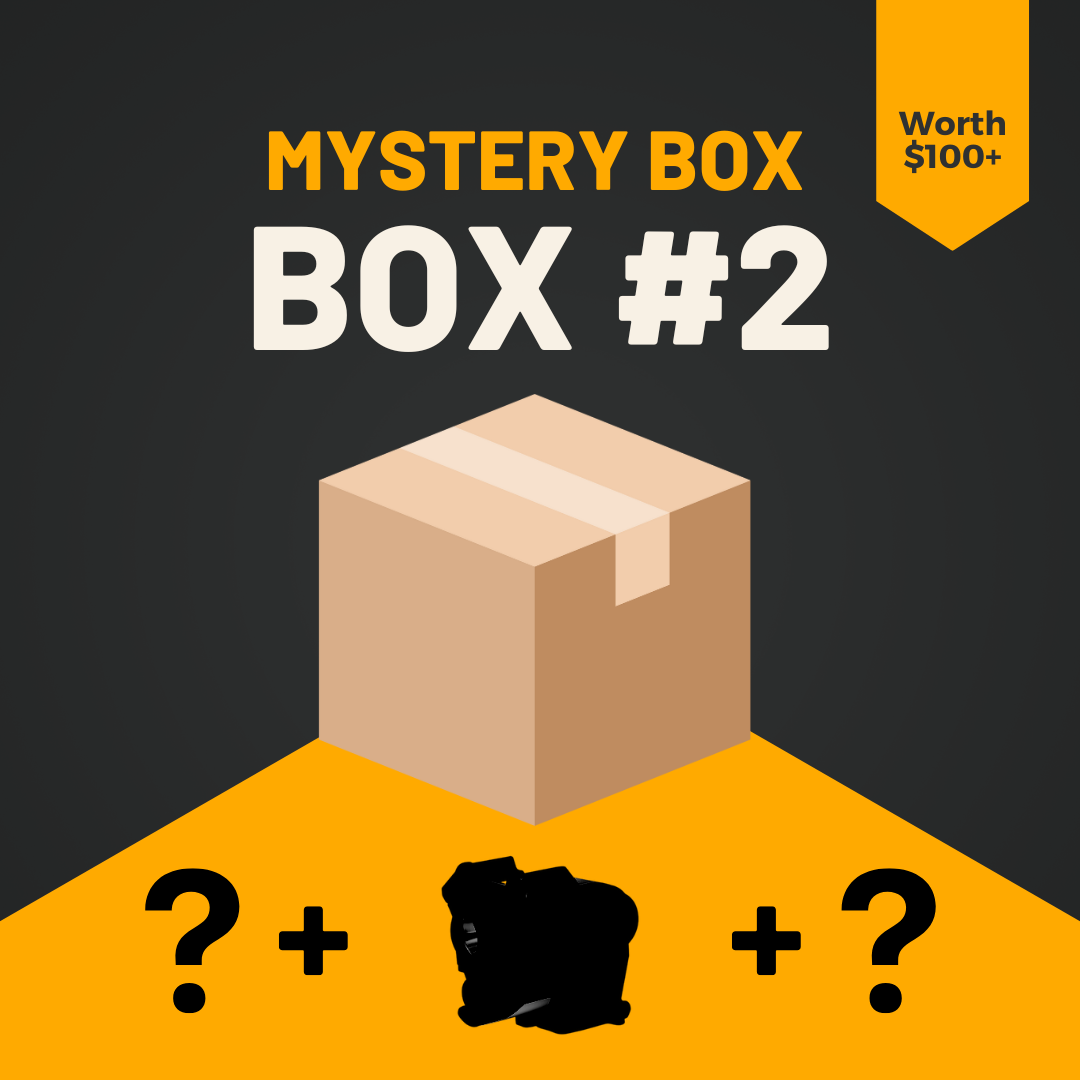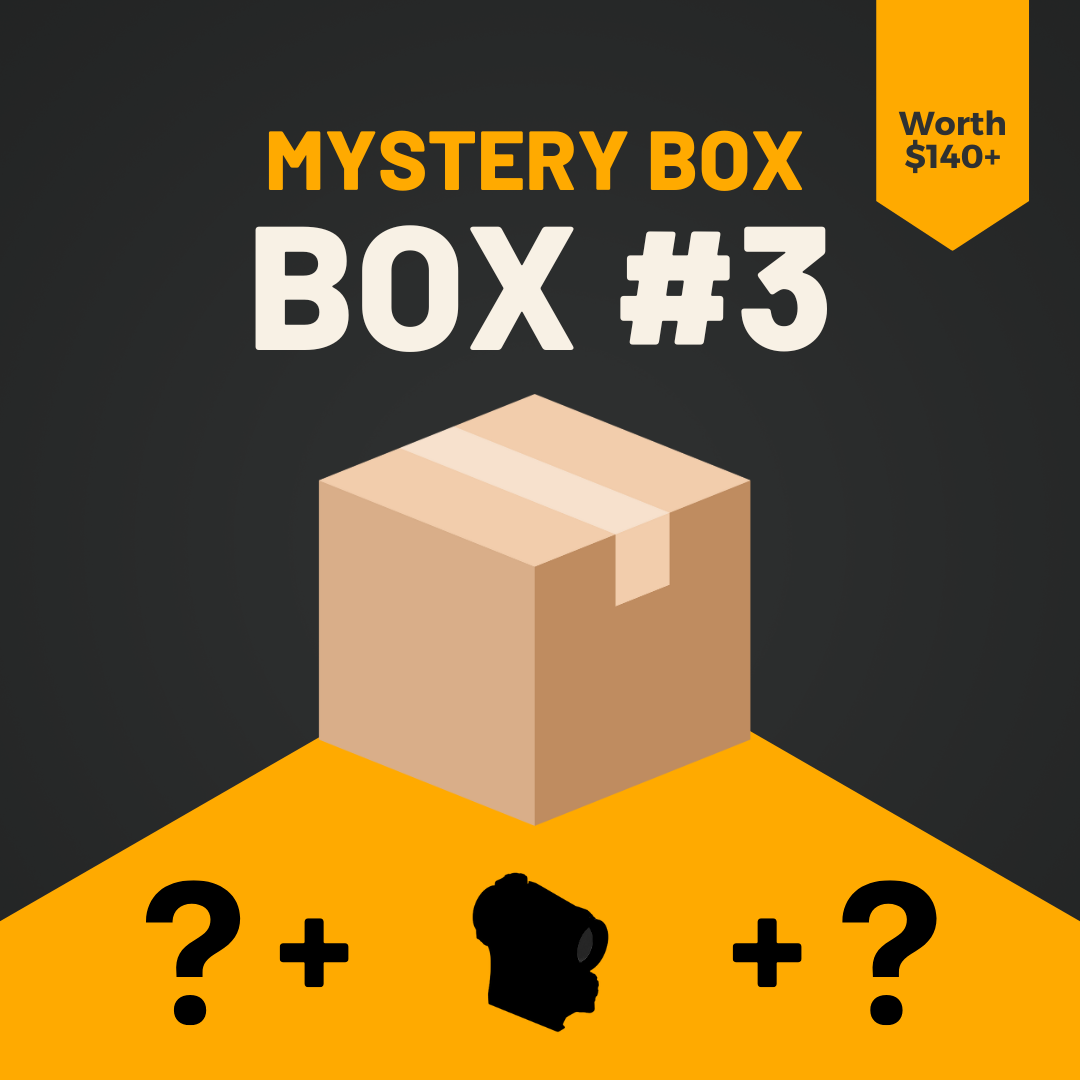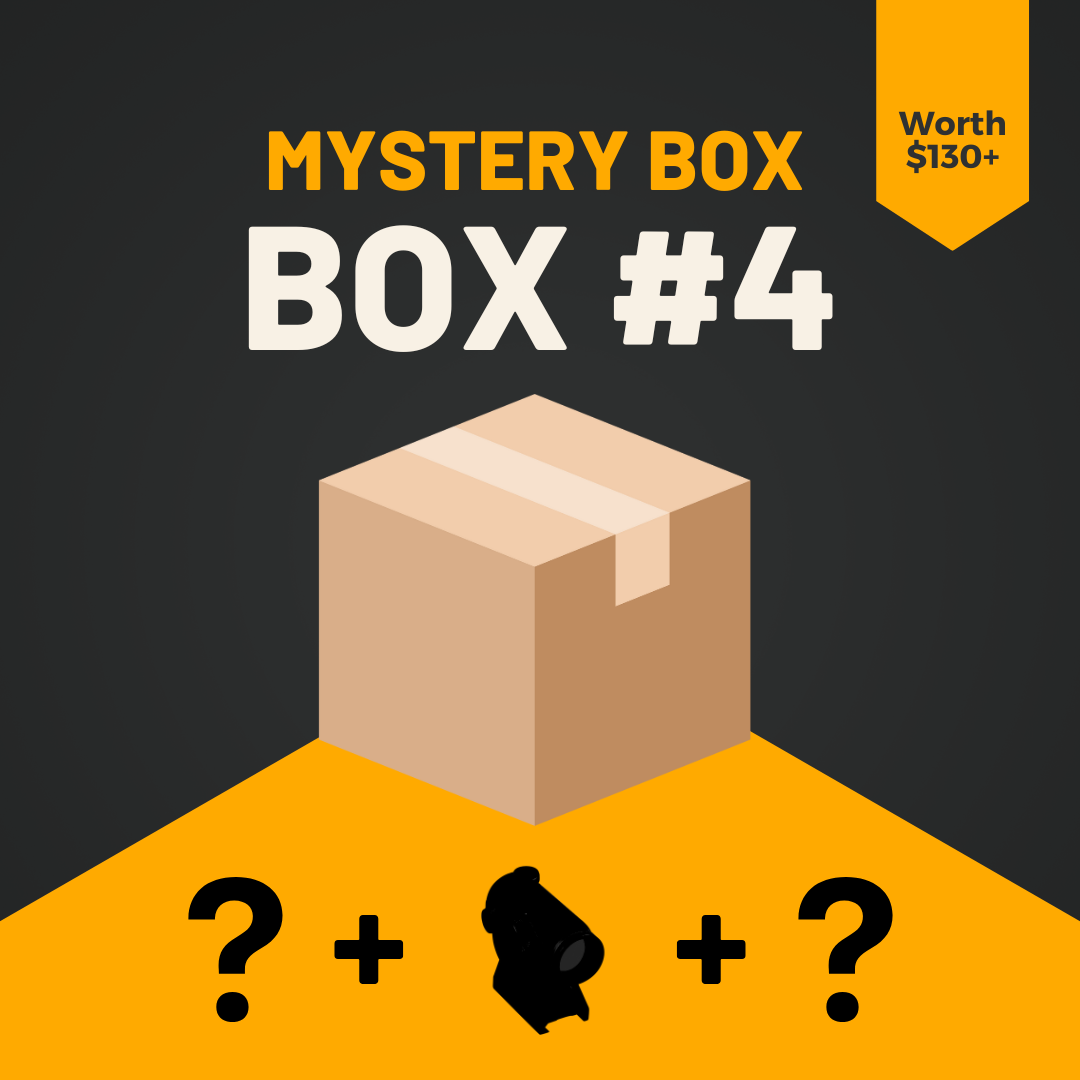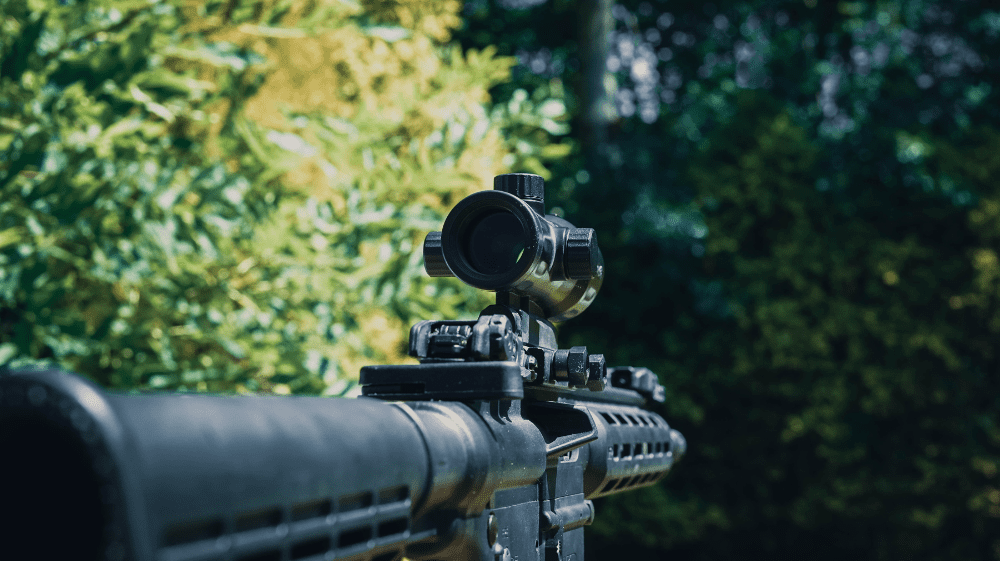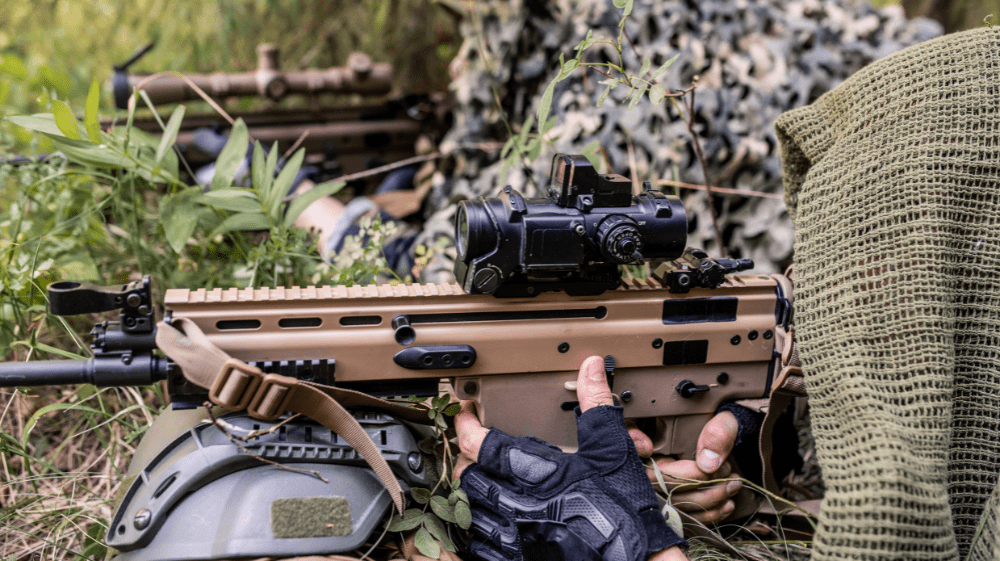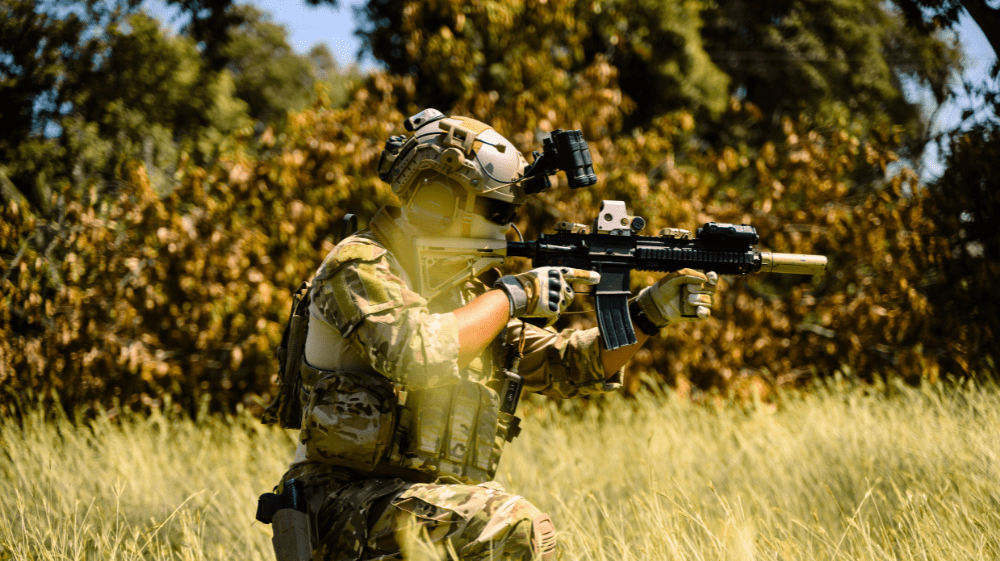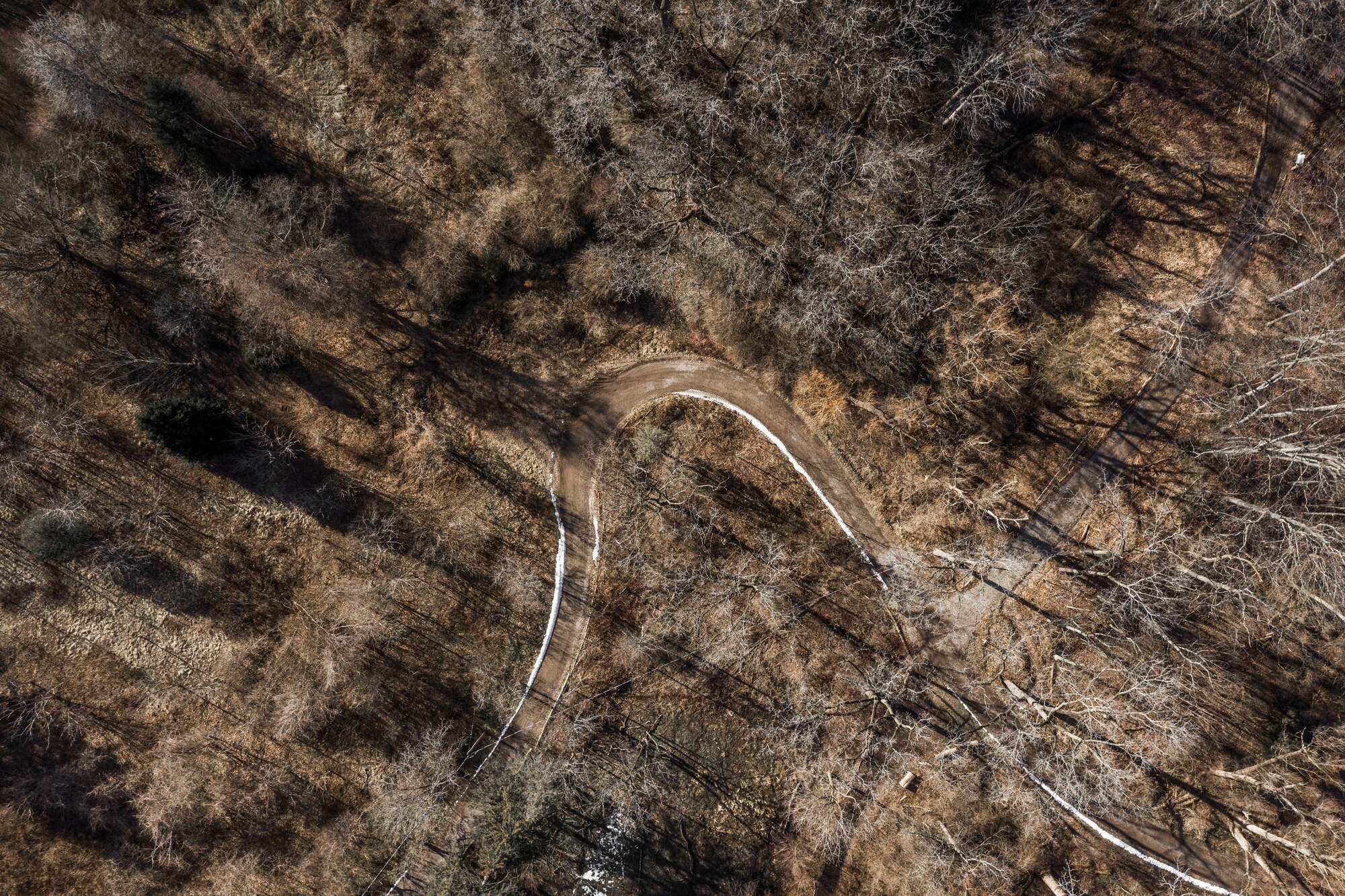A rifle scope’s reticle, also known as the crosshairs, serves an important function beyond just aiming your firearm. The configuration of lines, dots, posts and other markings can make a big difference in your hunting effectiveness and success. That’s why it’s critical to select a scope with the appropriate reticle for your needs and shooting scenarios.
In this guide, we’ll provide an overview of common scope reticle types and their purposes. We’ll cover simple and advanced reticles and how to match them to both your prey and environment. With knowledge of reticle options, you can choose optics that help you acquire targets quickly, range distance, dial-in long shots, and ultimately have more productive hunts.
(Reading Time: 5-7 Minutes.)
Simple But Effective Scope Reticles
While some modern reticles have complex features and markings, simple reticle designs remain excellent choices, especially for shorter range big game hunting:
Simple Crosshair Reticle
The basic crossed lines without dots or posts make for an intuitive and fast aiming reference at close to medium ranges. Uncluttered while still enhancing accuracy over rifle iron sights.
BDC Reticle
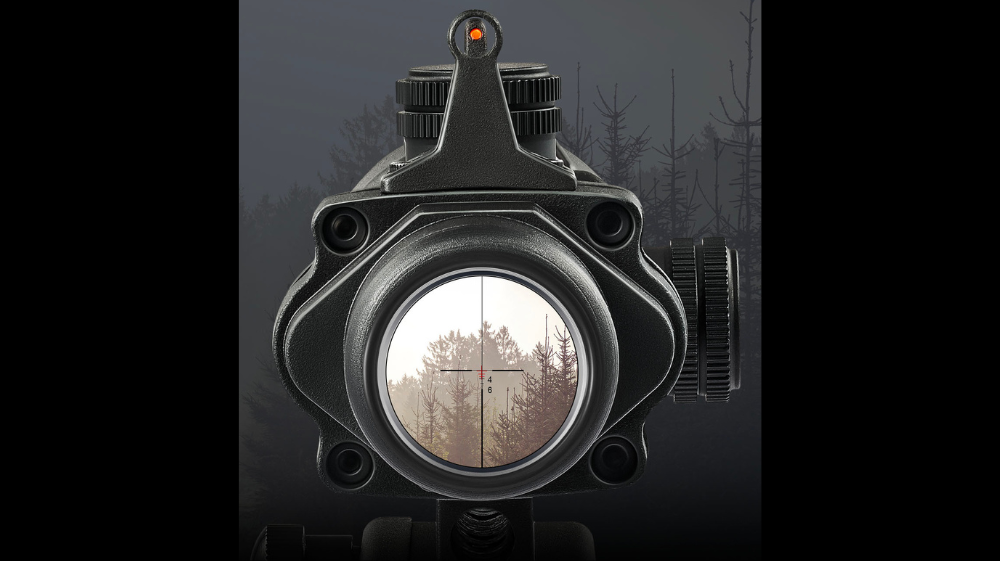
BDC stands for “bullet drop compensation” and incorporates a line or dots below the center crosshair calibrated for estimating holdover positions at given yardages to compensate for bullet drop.
Mil-Dot Reticle
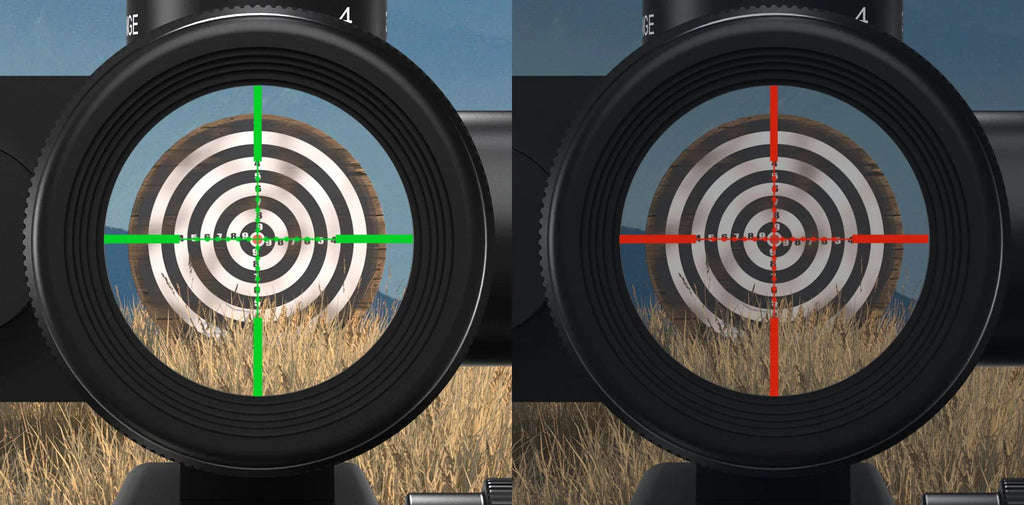
The mil-dot reticle provides small dots spaced for convenient ranging through the mil relation formula and holdover reference points when dialing elevation for long distance shots.
These straightforward but sophisticated reticles have stood the test of time and remain ideal for all-around hunting. They balance speed, visibility, and enhanced aiming capability.
Specialized and Advanced Scope Reticles
Scope manufacturers have also developed more technologically advanced reticles to provide greater precision, visibility, and features tailored for particular shooting situations:
Illuminated Reticle

Increased visibility in low light conditions with a battery powered illuminated center crosshair or dot in red or green. Intensity is adjustable. Makes reticle really stand out at dawn/dusk.
First Focal Plane Reticle
On variable magnification scopes, FFP reticles stay the same size relative to your target as you increase or decrease magnification. Simplifies holdover points compared to scaling second focal plane reticles.
To know the more about FFP & SFP, click here.
Specialized Reticles
Unique and custom reticles designed with exact features to match a manufacturer’s ballistics for certain calibers and bullet weights. Often incorporates holdover points out to extreme distances. Examples are Leupold’s Boone & Crockett and Vortex’s EBR-2C.
The innovation around reticles provides options to enhance performance through illumination, focal plane advancements, and highly specialized ballistic architectures.
Choosing Your Reticle Based on Game
One of the biggest factors in picking an appropriate scope reticle is the type of game you plan to pursue. Smaller animals call for different reticles than large dangerous game. A few examples:
Large Game – For elk, moose, bear and other big animals, simple crosshair or post style designs allow fast target acquisition. The thicker posts and crosshairs quickly bracket the vitals area without obscuring the target. You likely won’t need holdover markings at typical large game distances.
Small Game – More finely centered dots and crosshairs facilitate pinpoint accuracy on small varmints and predators without covering them up. Illumination is also helpful.
Long Range Shots – Mil/MOA spaced dots, hashmarks and Christmas tree style posts serve as precise holdover reference points and ranging is important for distant small targets.
Dangerous Game – Full top-to-bottom vertical wire or heavy German post excel for fast action on bears, hogs, cape buffalo. Allows quick shoulder shot placement in crucial situations.
Analyze your usual hunting scenarios and types of game when selecting reticles. Choosing the right configuration enhances your capabilities and success.
Reticle Visibility Tips
Beyond the actual design, several factors impact how visible a scope’s reticle is:
- Line thickness – For aging eyes, heavier posts and crosshairs show up better than fine details.
- Illumination – Battery powered reticle illumination adds vital brightness in low light.
- Contrast – Ensure reticle color stands out against your typical target backgrounds and lighting environment.
- Reticle focus – Use the adjustable eyepiece to bring the reticle into sharpest focus for your vision.
Maximizing reticle visibility through bold design, illumination, and contrast allows you to acquire targets quicker and range or aim with precision even in marginal conditions.
Choose the Right Scope Reticle for Your Hunting Needs
Rifle scope technology has rapidly advanced in recent years, bringing excellent optics into affordable price ranges. With so many options now available, selecting the ideal scope for your hunting needs deserves careful evaluation. An element that must not be overlooked is choosing the right reticle.
As we’ve covered, reticles tailored for your quarry, terrain, and shooting scenarios can provide vital advantages. From quick target acquisition, to holdover reference points, to ranging assistance, to precision sight pictures, the proper reticle enhances your accuracy and success. Take the time to research and understand the different types of simple crosshair, mil-dot, BDC, illuminated and other modern reticles.
With knowledge of available options, you can determine the perfect reticle to enable ethical shots, faster follow up accuracy, and confident hunting in varied conditions. Don’t settle for a basic generic reticle just because it comes on a scope. Instead, choose the right advanced reticle matched to your purposes and make every hunt more rewarding.

